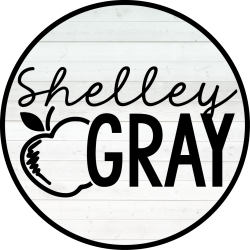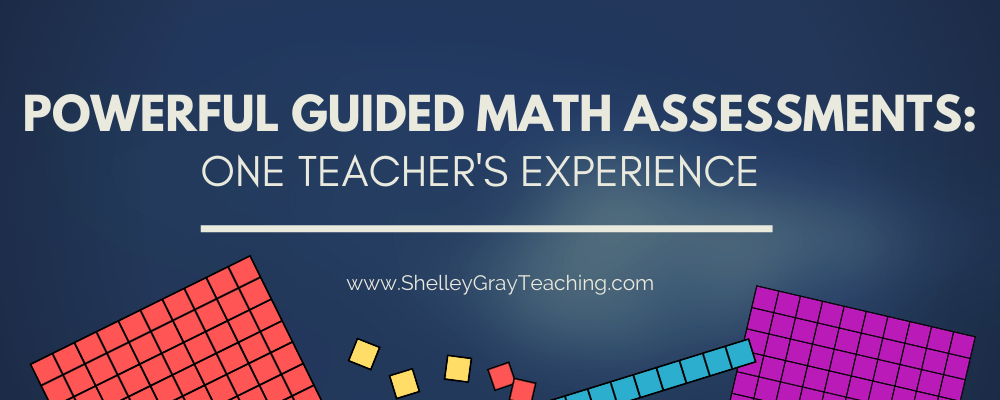
Assessment is not a favorite word for teachers or students. I remember back in the ancient times (the late 70s) when we would have a quiz about halfway through a unit, and we would have the end-of-unit test at the end. The memories that stuck with me the most were from fifth grade – when I was the student, not the teacher. Mr. Fouts would assign us the test at the end of the chapter – not just the even or odd questions, but all 50 of them. I can still remember the anxiety I would feel.
But back then, it wasn’t called anxiety. It was called, “If you had paid attention, you would know this.”
Assessments have evolved and come in many different forms now, but let’s be honest, they are not anyone’s favorite part of teaching. When I began teaching, we didn’t perform assessments to guide instruction – well, not officially. Guided math changed my entire mindset about teaching math, and assessments are part of this shift. The students reaped the benefits.
This blog post is part of a Guided Math series by guest writer Pam LeSeure. See more from Pam about Guided Math Conferences HERE and the power of Guided Math HERE.
Assessment to Guide Instruction
Formative and summative assessments are an essential part of guided math groups. The five strategies for assessment as discussed in Math Workshops in Action by Dr. Nicki Newton are:
- clarifying and sharing learning intentions
- engineering effective classroom discussions and other learning tasks that elicit evidence of student understanding
- providing feedback that moves learners forward
- activating students as instructional resources for one another
- activating students as the owners of their learning
By using a few fundamental assessment techniques, I put these five strategies into practice in my classroom.
Tried and True Assessment Techniques for Guided Math Groups
Guided math groups allow for quick face-to-face formative assessments that provide you with valuable information to drive your future instruction. Here are some of my favorite ways to assess during Guided Math groups.
Related: The One Transformative Change I Made to My Math Instruction to Boost Understanding
Brief interviews are quick check-ins to assess and see how students feel about the concept in general. These interviews can help you plan for lessons in mathematical mindset. During a brief interview ask questions like:
- “Which strategy did you use?”
- “Can you model this strategy for me in another way?”
- “Why did you choose this strategy?”
- “How are you feeling about this strategy?”
An exit ticket is another simple, but effective method of formative assessment. Include one or two problems that allow the students to show what they know. Exit tickets can be pencil-paper, digital, or dry erase board.
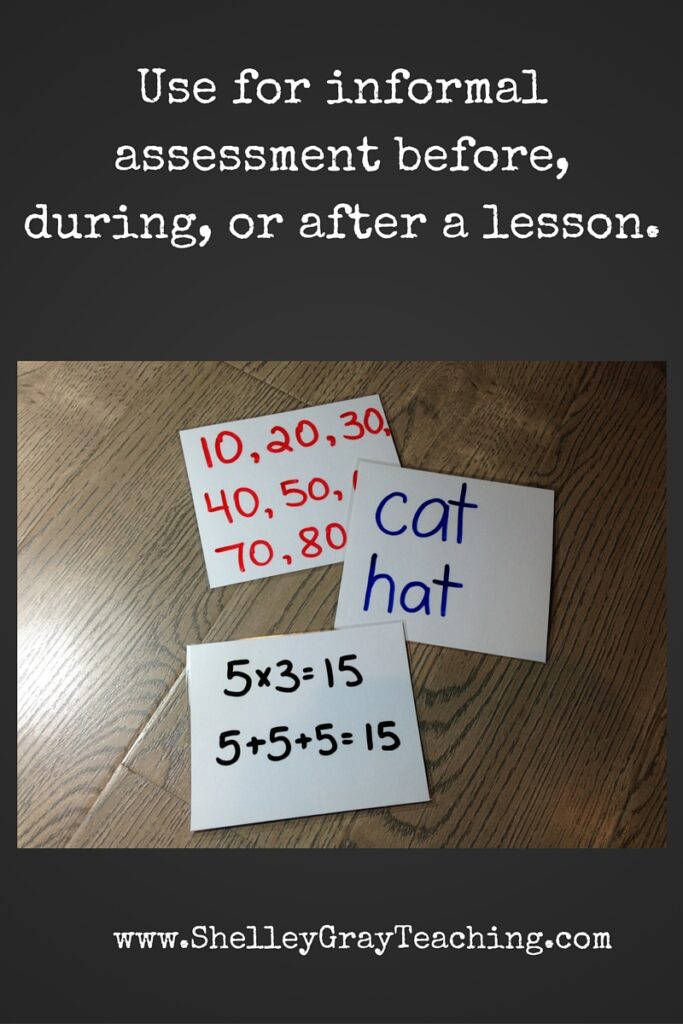
More To Learn
During my conferences with students, I felt confident that I was gaining information that would help me place them in the correct group, and I could then plan my lessons accordingly. But I knew there was more to learn.
Involving students in the assessment process was another piece of the puzzle.
When students are involved in the process, they understand the expectations, take ownership over what is happening, and are motivated to take greater responsibility for their learning. Setting personal goals and reflecting on those goals is also part of the process.
Sharing Time as Guided Math Assessments
Sharing Time is a way to involve students in the assessment process; it is also an opportunity for quick check-ins. During a quick check-in, the whole class has a conversation and reflects on the day. We summarize, discuss, question, and reflect. This is also a time for students to share where they are on their learning path, which leads to conversations about mindsets and goal setting. During Sharing Time, we talk about the entries. Each day has a time for reflection where students journal their thoughts, questions, etc.
Math Journals as Guided Math Assessments
I am all about journaling. I journal constantly and I teach the importance of journaling to my students. Our math journals are full of practice, reflections, self-assessments, plans, etc. These journals are probably the most insightful formative assessments I have ever collected, and the best part is that they don’t feel like an assessment.
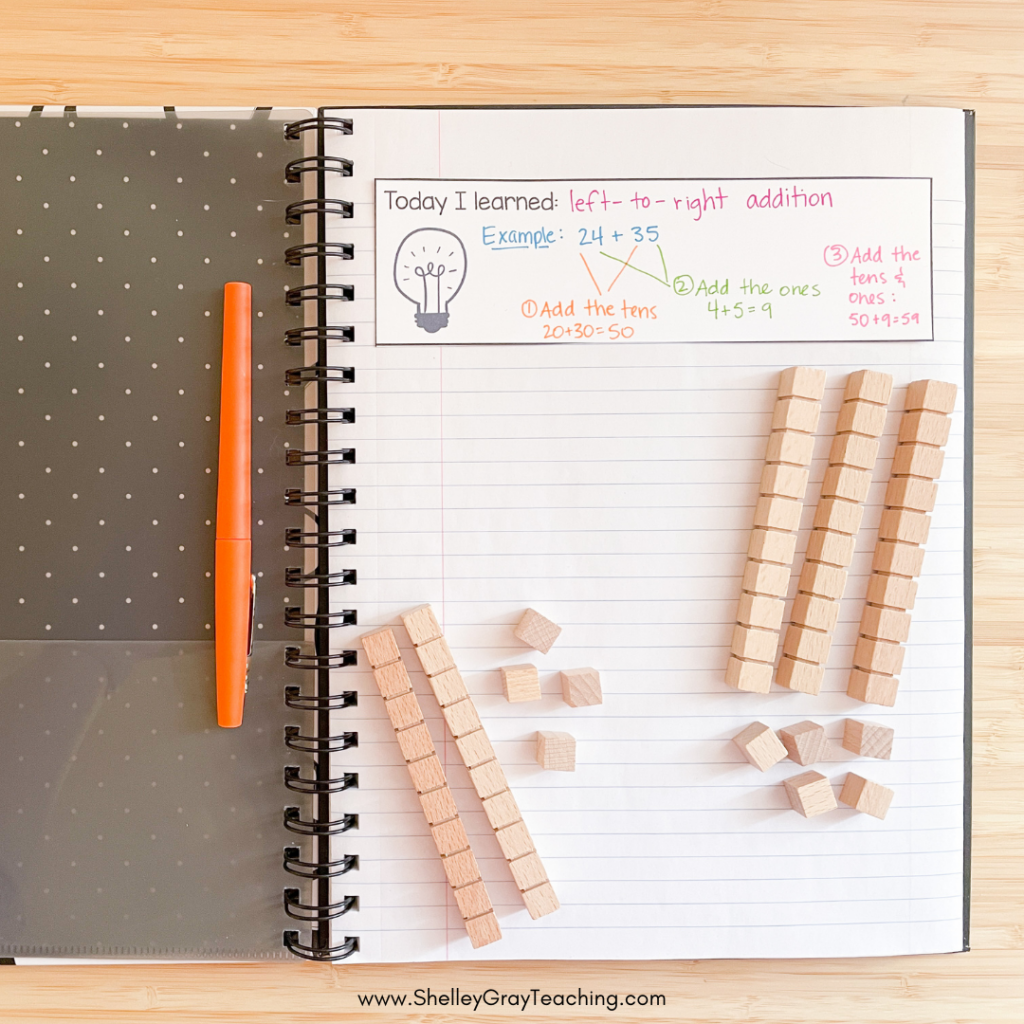
Randomly I will ask students to share something from their journals. This could be a simple reflection from a lesson or a question they had during the day’s math block. We add these to our class journal.
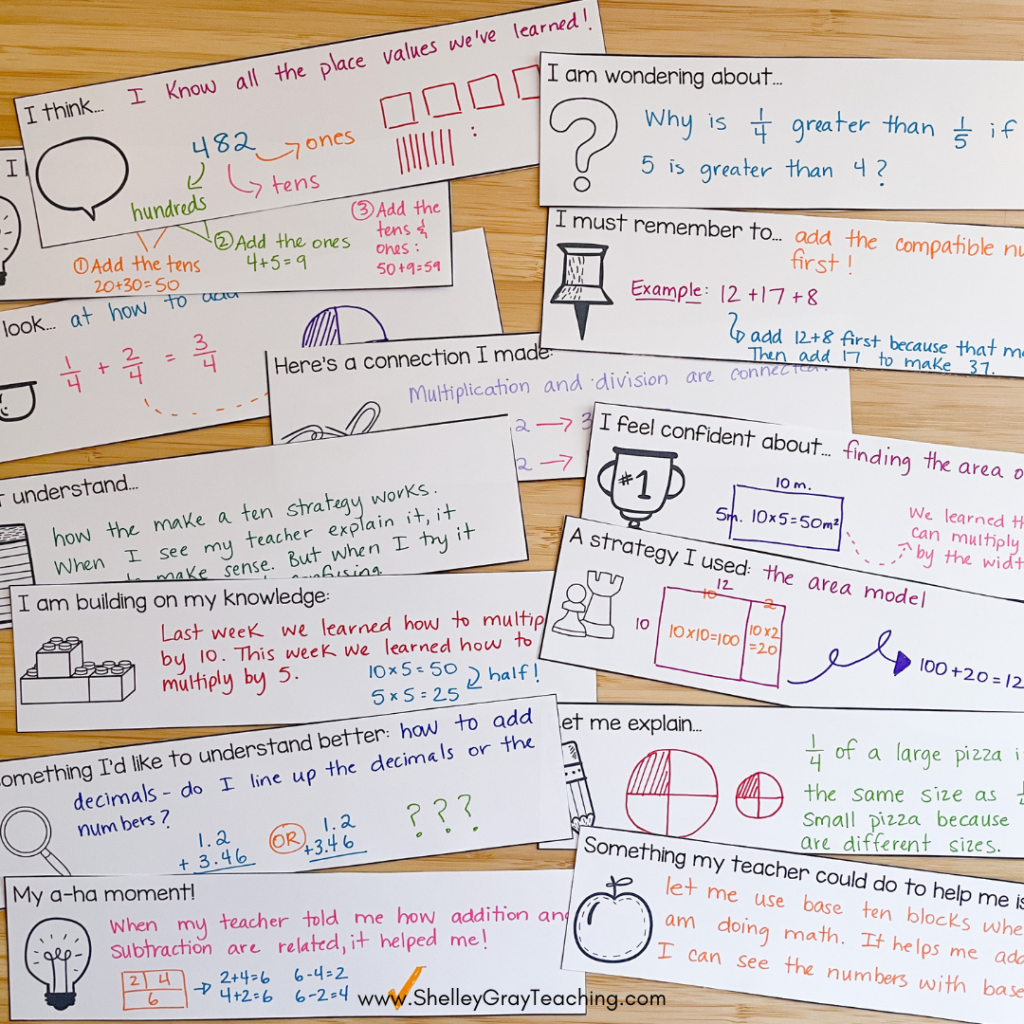
The class journal has taken many forms, including chart paper displayed around the room, notebooks broken into quarters, and a digital version. Although my personal favorite was chart paper, my students loved taking our journals digital.
The digital journals were accessible anytime, including at home, and they included graphics that were more appealing than my doodles. They could also easily add comments to the entries.
Assessment has evolved so much since I was a student struggling through fifth-grade math, and I am thankful for that. The more we can use our assessment to guide instruction, and create opportunities for student involvement in assessment, the more effective our instruction can become.
What are your favorite ways to assess your students? I’d love to hear in the comments below!







